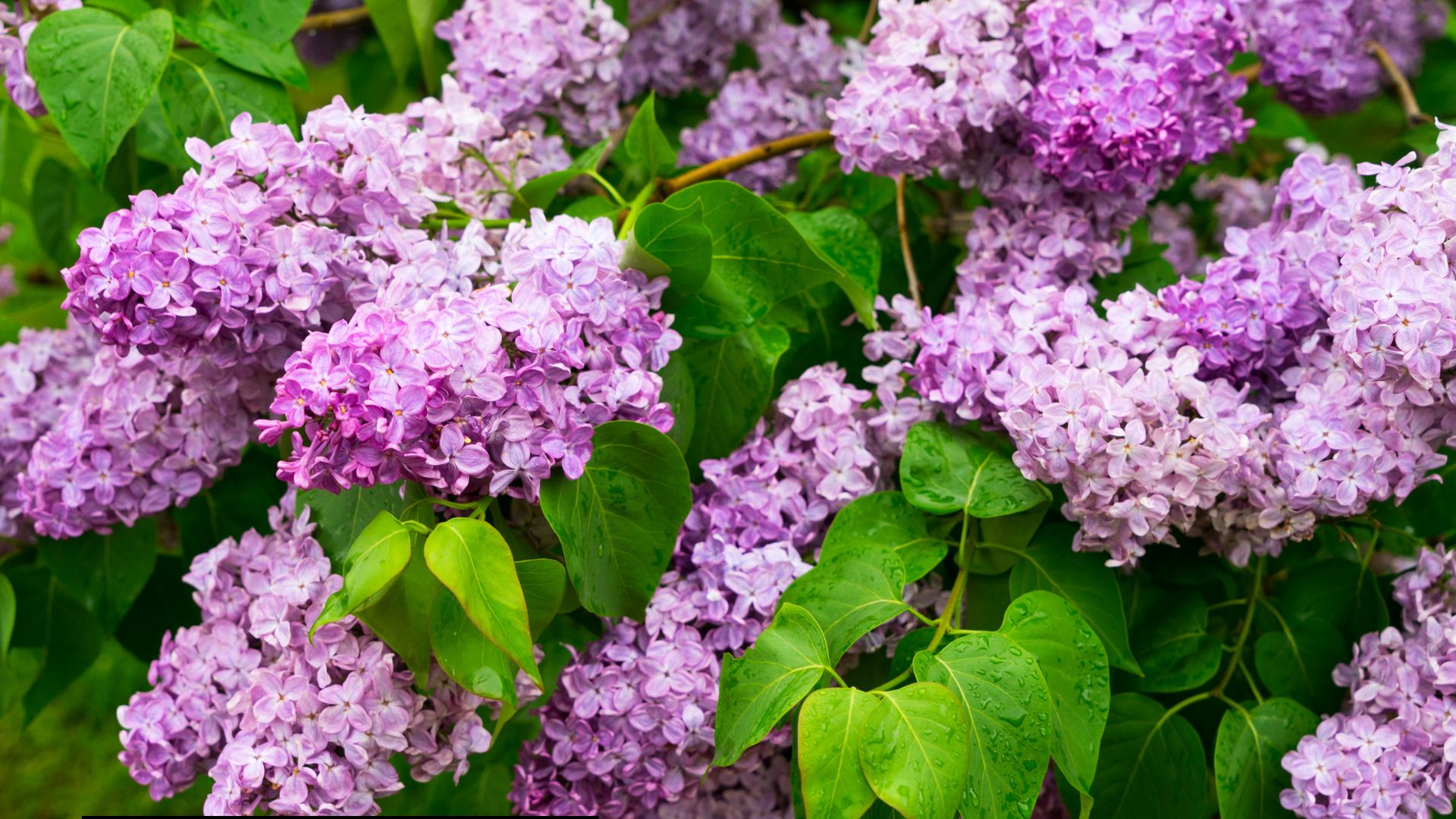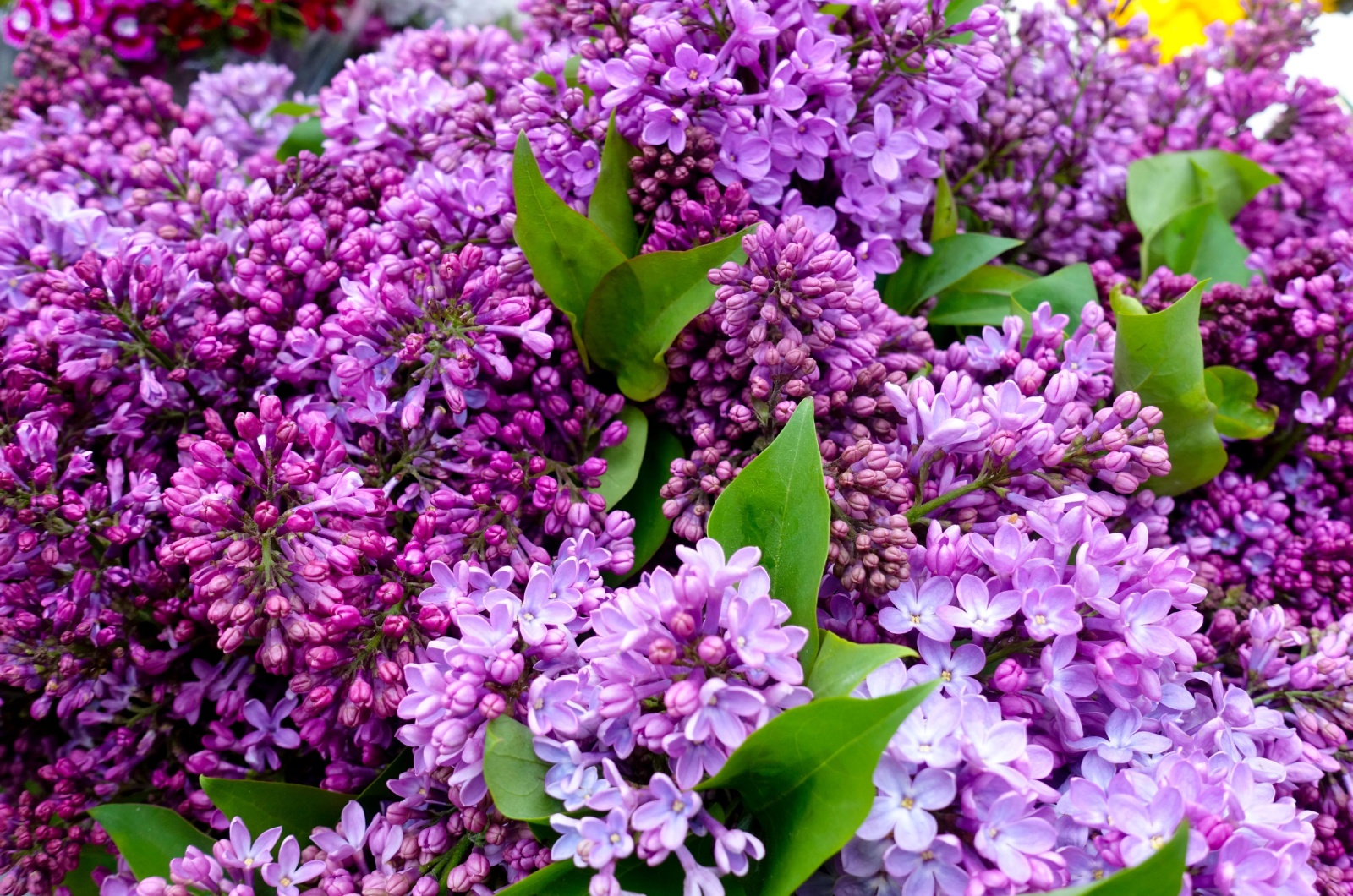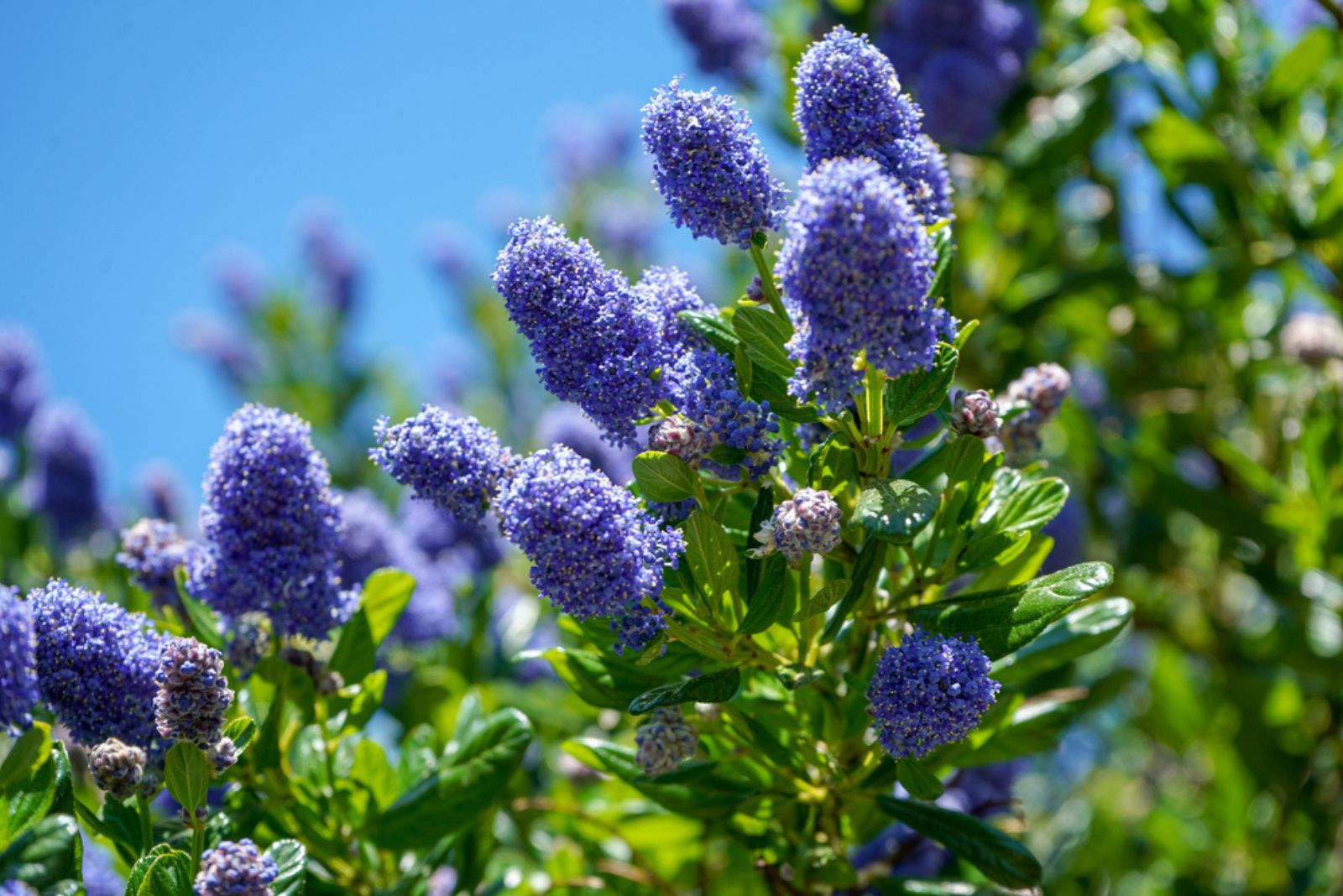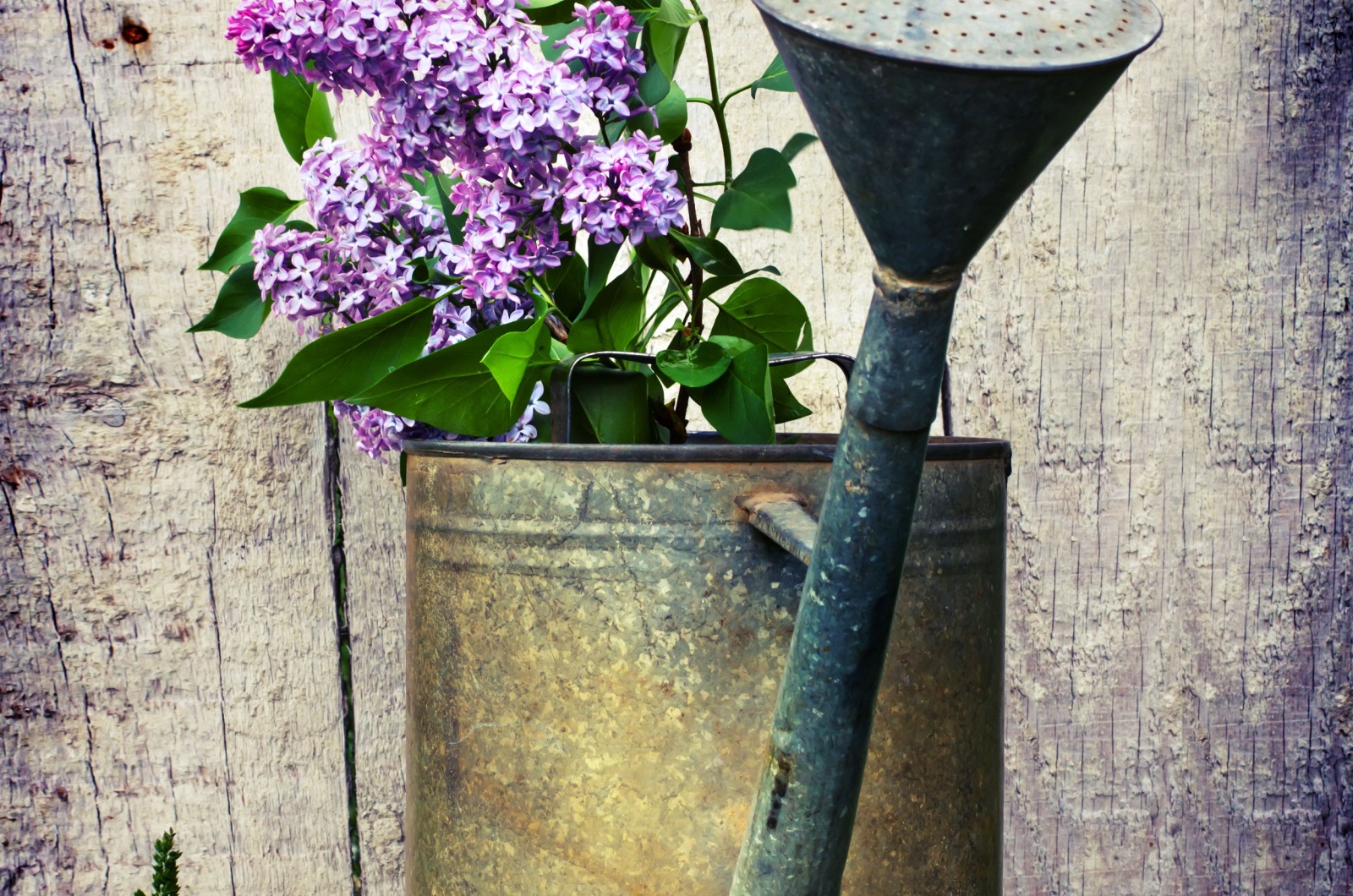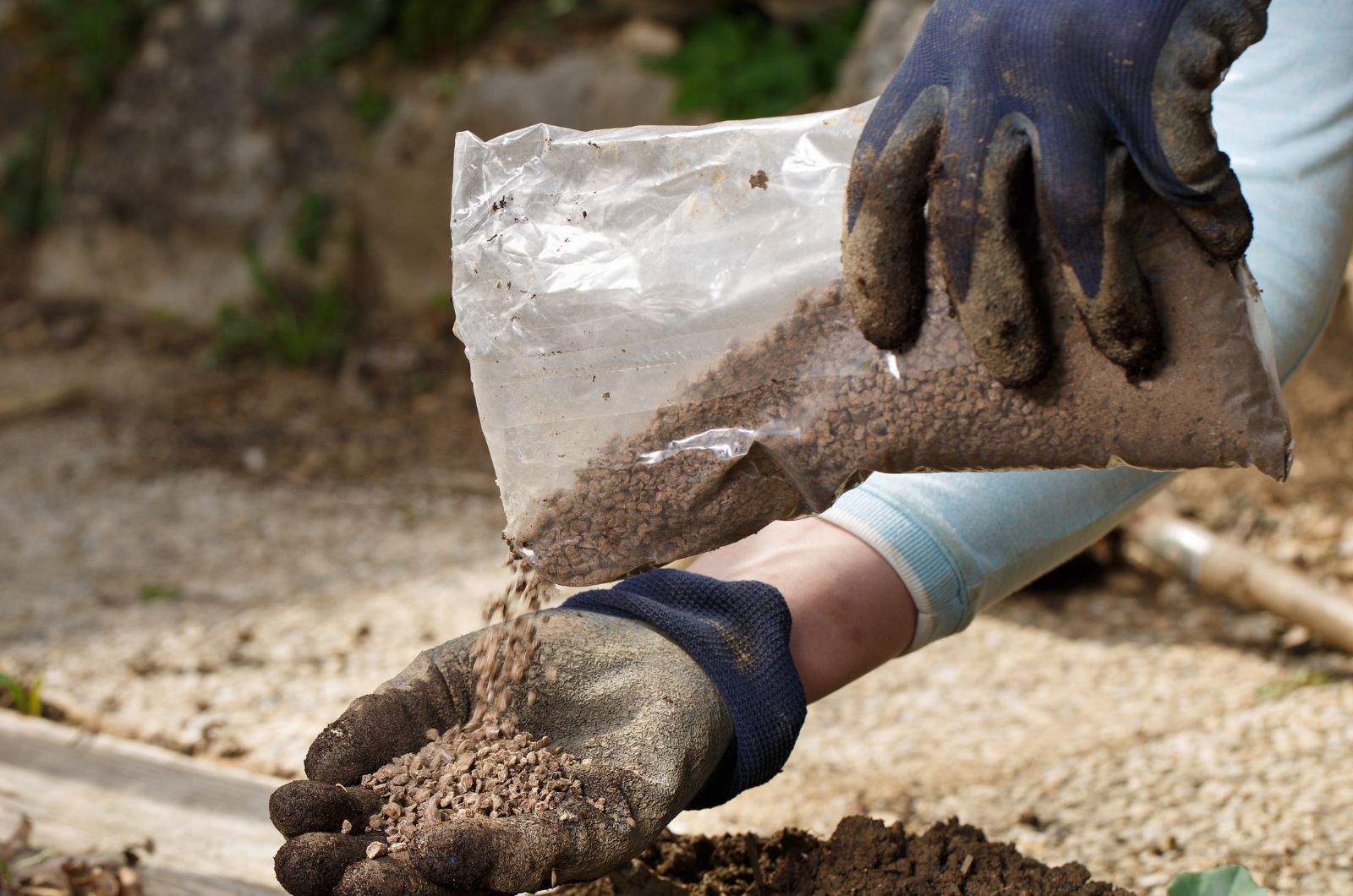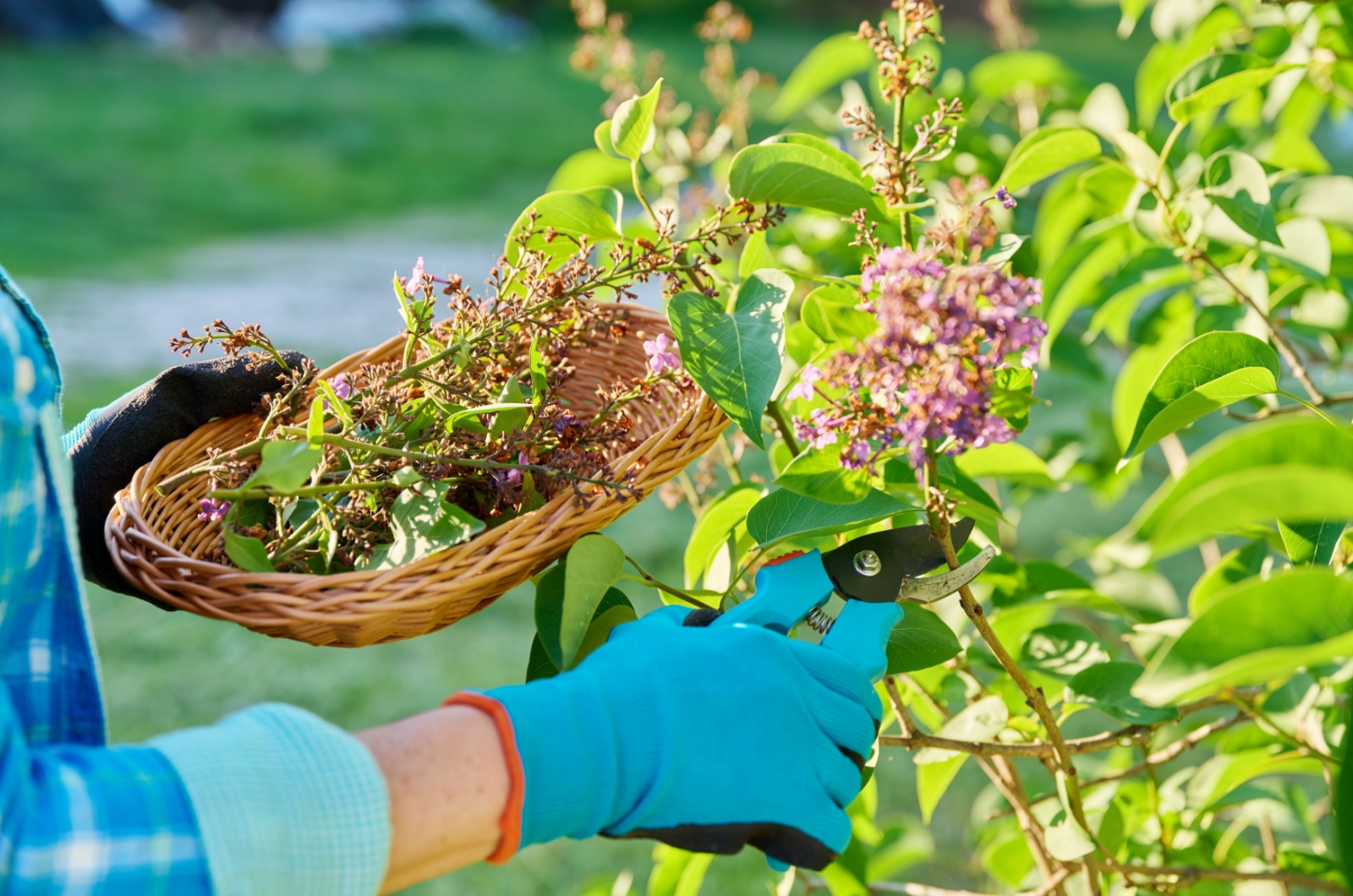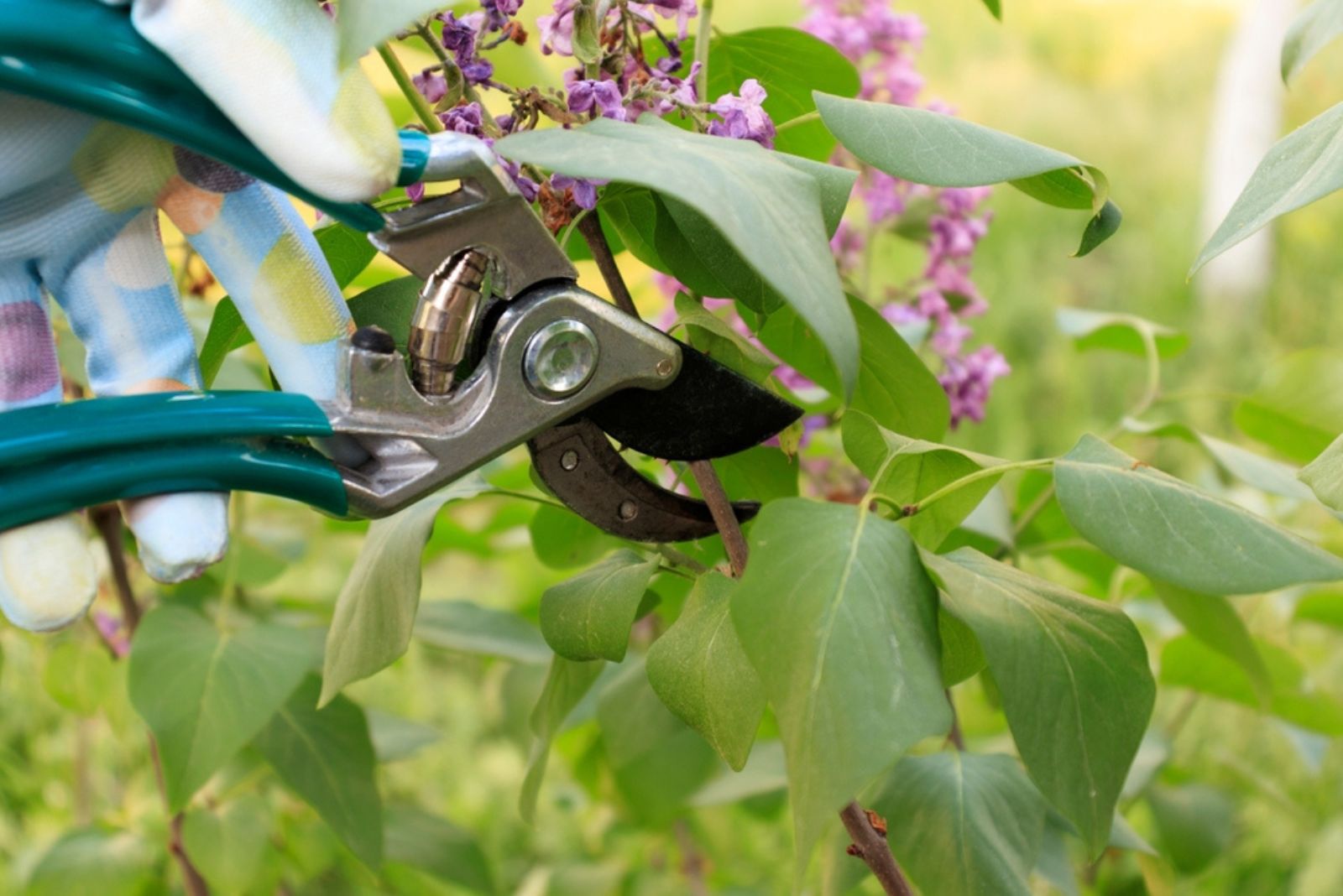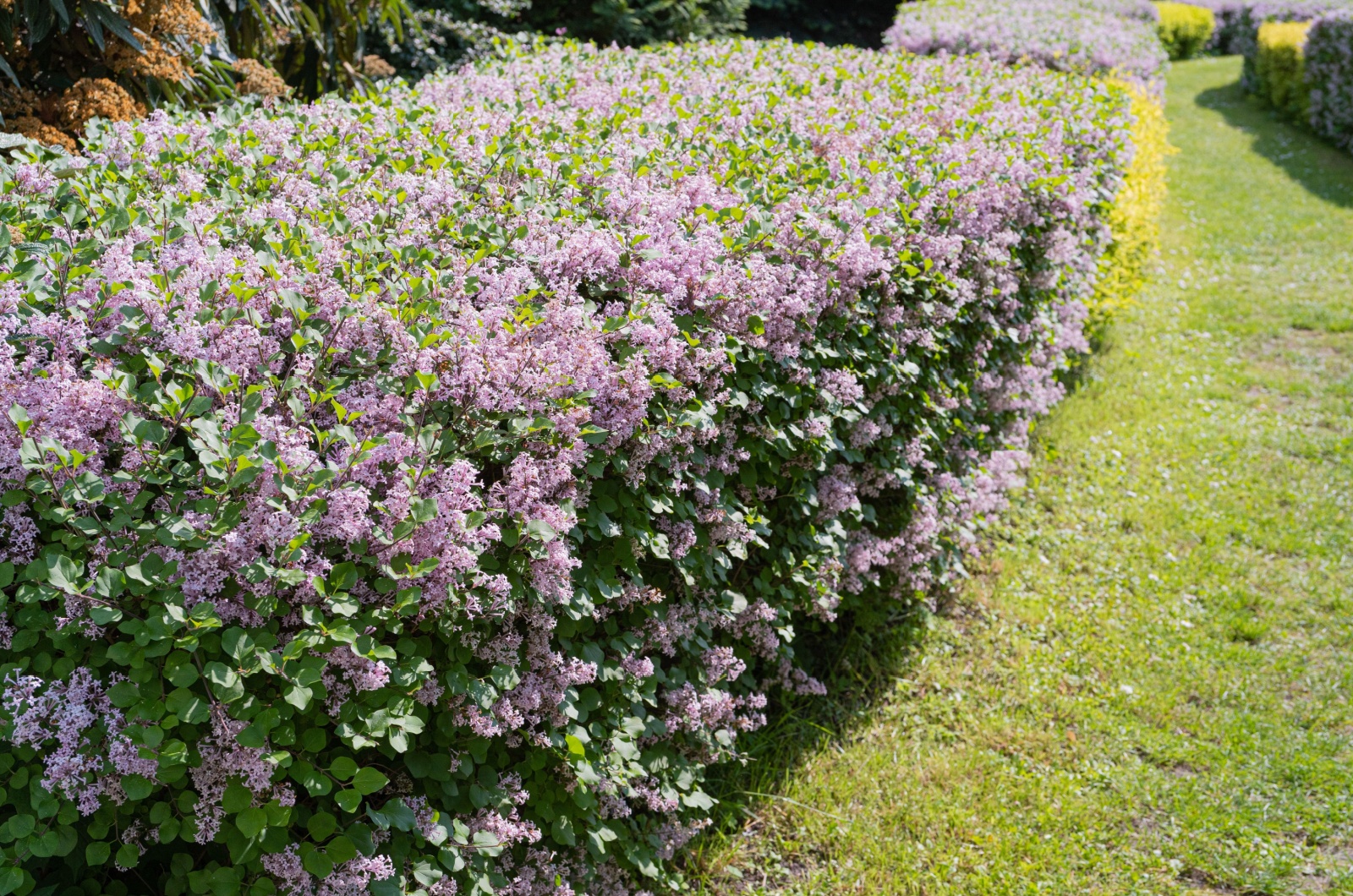I remember when I first planted lilacs in my garden. I couldn’t wait for them to bloom again next year. But when spring came, there were no flowers. I ended up wondering, what did I do wrong?
I soon realized that growing lilacs can be tricky. Through trial and error, I learned about the mistakes that can stop them from blooming and thriving. These mistakes can be something silly like watering them from above, or something huge like pruning them at the wrong time.
Unfortunately, these aren’t the only ones to watch out for. In fact, there are 10 common mistakes that could easily ruin your lilac blooms. Learning to avoid them will save you so much trouble in the long run.
And hey, when you finally see those stunning lilac flowers, all the effort will surely pay off in the end!
1. Not Picking The Right Kind Of Lilac For Your Area
You see, lilacs are a bit picky about their climate preferences. Grabbing the wrong type can leave your shrub feeling like a fish out of water, struggling to thrive and bloom.
Not exactly the garden fairytale you are aiming for, right?
Grab your hat and let’s do a bit of detective work here. First, check out the USDA hardiness zones in your area. Then, go to your local nursery or give the agricultural extension office a call (they’ve got the inside scoop on which lilac varieties are the perfect match for your region).
Be careful because once you’ve made the decision, there’s no coming back until next year!
If you live in Colorado, this might be useful: Grow Common Lilacs In Colorado This Way And Have A Dazzling Flower Display
2. Skipping Winter Protection In Harsh Climates
Here’s a little winter wisdom I’ve picked up along the way, especially when it comes to keeping those lilacs happy when the cold hits hard.
I noticed that my lilacs were shivering in the frost – those icy moments can wreak havoc on their delicate shoots and roots, leaving them struggling come springtime.
So, the best thing to do once the chilly times hit is to cover your lilacs up! And no, you won’t be using jackets or scarves because mulch is here to save the day!
Layering wood chips or bark around the base of your lilacs (about 3 inches deep) is like giving them a warm hug during the cold snap. With mulch around your lilacs, they will be ready to fight those freezing temps!
And don’t forget to ease off on the watering in late summer (trust me, it helps those shrubs toughen up for winter’s chill).
This might be useful: How To Protect Plants From Spring And Fall Frost
3. Showering Your Lilacs’ Leaves Attracts Unwanted Guests
I used to be guilty of this common mistake: watering my lilacs from above. Yep, you heard that right!
Turns out, when the water hits the foliage instead of going straight to the roots, it creates a cozy little breeding ground for fungi like leaf spot or powdery mildew. Not exactly the kind of guest you want in your garden, right?
I’ve learned to keep my lilacs looking lush and healthy by watering them at their base.
By directing the water straight to the soil around the roots, you’re giving lilacs the hydration they need without attracting any garden pests.
You might be wondering, how do I do that? Well, there are a couple of handy tools for the job, but the most commonly used are drip irrigation systems or soaker hoses.
Not only are they more efficient with water usage, but they also ensure that the foliage stays dry, making it less inviting for those pesky pests and diseases.
4. Neglecting To Balance Out The pH Of Your Soil
Ignoring your soil’s pH levels can always spell trouble, no matter what type of plants you are growing.
You see, lilacs are picky little things when it comes to pH – they like it just right, around 6.5 to 7.0. So, if the pH is more on the acidic side, nutrient absorption would be all messed up.
If you are not sure whether your soil is acidic or alkaline, it’s best to do a soil pH test and see what the actual deal is. In case those results come out acidic, a sprinkle of lime should sweeten things up and bring those pH levels back in balance.
5. Not Giving Enough Space For Roots To Grow And Spread Comfortably
Lilacs have long roots that like to spread out and stretch their legs. So, if you confine them to a cramped space, well, let’s just say it’s like trying to squeeze into your favorite jeans after Thanksgiving dinner (not exactly comfy!).
When lilac roots can’t spread out, they struggle to soak up all the good stuff like nutrients and water. And trust me, a thirsty lilac is not a happy lilac!
Cramped roots also mean a less stable shrub that’s more prone to drought stress.
But how do you give your lilacs the space they need to thrive?
It’s simple: dig a hole that’s twice as wide as the root ball and just as deep (it’s like giving them their own spacious penthouse suite!). And don’t forget to pick a spot with plenty of room to grow – remember, no crowding allowed!
6. Trimming At The Wrong Time And Losing Flowers
Timing is everything when it comes to snipping those lilac branches, so make sure to wait until late spring to prune your lilacs, right after those stunning blooms start to fade.
Why? Because that’s when your lilacs are gearing up to set next year’s flower clusters. Snip too early in the season, and you could accidentally nip those buds, leaving you with fewer flowers on the shrub.
Pruning too late can also stunt your lilac’s growth and leave it looking all woody and messy. Plus, older, neglected shrubs tend to produce fewer flowers and lose that joyous charm we all love.
So, here’s the game plan: after the flowers bloom, grab those shears and get to work. Snip away any dead or diseased branches to keep those fungal diseases and pests away.
Thin out the center of the bush to give your plants some breathing room and let that sunlight shine through. Make sure to also trim those suckers at the base and keep your lilacs focused on the main event.
Also read: 6 Plants You Shouldn’t Miss Trimming This Spring
7. Planting Them In A Spot With Little To No Sun Exposure
No, you can’t use lilacs to lighten up those shady areas in your garden (you can use some of these shade-loving perennials instead).
Planting them in shady spots might seem like a good idea, but it’s a recipe for trouble. You see, lilacs in partial shade are more susceptible to fungal diseases, especially powdery mildew.
Your once vibrant foliage might end up covered in a powdery, white growth. Not exactly the garden glam you are going for, right?
Without enough sun exposure, lilacs won’t grow as big or healthy, and their springtime flower display will be anything but spectacular.
It’s best to find a spot with full sun so that they can soak up the sun rays for at least six hours a day. Space those bushes several feet apart to avoid overshadowing each other as they grow.
Trust me, your lilacs will be thankful!
8. Adding Too Much Fertilizer Yields More Leaves Than Flowers
I used to think that adding more plant food will yield more flowers, but boy was I wrong!
I didn’t know that lilacs are pretty low-maintenance when it comes to feeding time. They don’t need a ton of fertilizer, especially the kind with a hefty dose of nitrogen.
Sure, nitrogen might give them lush, green foliage, but it’s not so great for those beautiful blooms you’re after. Instead of channeling their energy into flower production, your lilacs will be too busy showing off their leafy side.
But what’s the ideal feeding regimen for lilacs?
Here’s what worked for me: around March, I go easy on the fertilizer. A thin layer of balanced, 10-10-10 fertilizer is all my lilacs need to keep those blooms coming back for more.
But if you want to be a little extra, toss in some compost in late winter or early spring. It’ll work its magic as it breaks down, giving your lilacs the nutrients they crave without overdoing it.
Oh, and one more thing – keep an eye out for phosphorus-rich bone meal. Sprinkle a bit in the spring to give your lilacs that extra boost for healthy growth.
With these fertilization tricks, your lilacs will be blooming like never before!
9. Putting Them Close To One Another Leaves No Air Behind
It’s easy to get carried away when planting your lilac shrubs, but trust me, giving them enough space is crucial for their growth and development.
When lilacs are crammed together, it causes nothing but trouble. Poor air circulation means stagnant air gets trapped in the foliage, and before you know it, those harmful diseases start creeping in.
So, when you’re planting your lilacs, think big. Consider how big they’ll grow when they’re all grown up and give them plenty of elbow room.
Spacing them out 5 to 15 feet apart is a good practice. I would also recommend measuring the width of each mature lilac shrub and leaving some breathing room on each side.
By giving your lilacs the space they need to spread their branches, you’re not just preventing disease, but you’re also ensuring they’ll be blooming and thriving for years to come!
Also read: Uncover 8 Reasons Why Your Garden Lilacs Are Keeping Their Blooms Hidden
10. Not Adding Mulch Your Lilacs Desperately Need
Forgetting to mulch around your lilacs? Don’t worry, it’s a rookie mistake I’ve made too!
Mulch isn’t just about making your garden look pretty (although it does add a nice touch!). It’s like giving your plants a blanket to snuggle up in, protecting them from pesky weeds and all the other critters that might be damaging.
Without mulch, your lilacs have to compete with weeds for nutrients and water, which stresses them out big time. Plus, the soil can dry out faster, leaving your plants thirsty and sad.
Remember to lay down a generous three-inch layer of organic mulch – this will lock in moisture, regulate soil temperature, and keep those weeds in place.
And don’t forget to leave a little gap between the mulch and the lilac’s stem to promote airflow.
Now that you’ve learned about the common mistakes when growing lilacs, there’s no stopping you from having the most beautiful garden in the neighborhood!
Remember, every misstep is a lesson in disguise. By avoiding these pitfalls, you’re setting yourself up for success and ensuring your lilacs bloom beautifully year after year.
Also read: 25 Best Flowers For Early Spring And A Gorgeous Display

